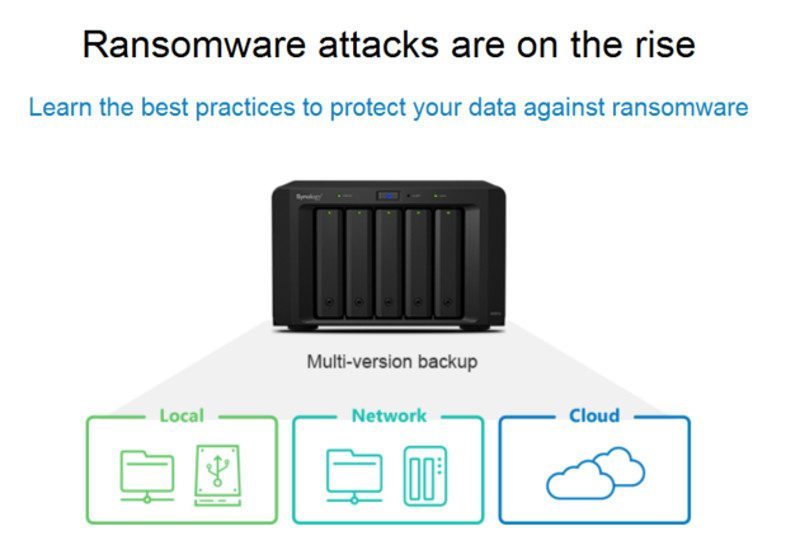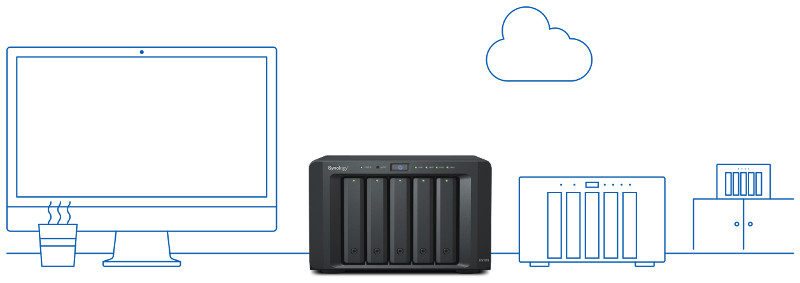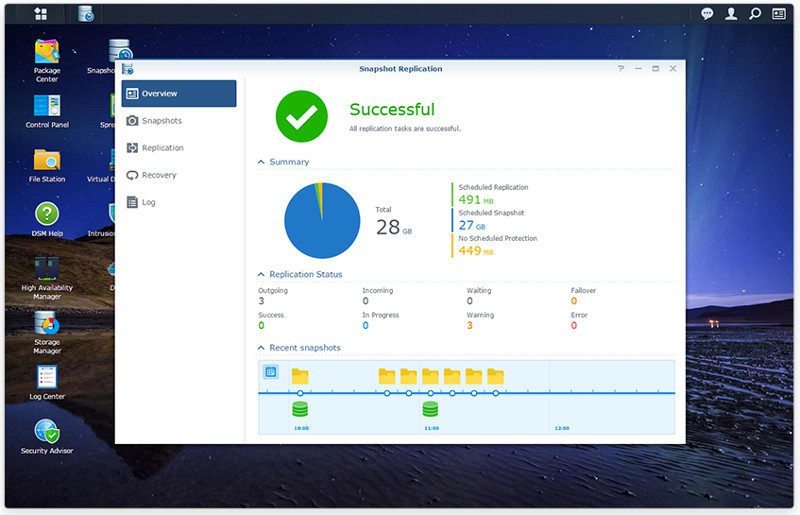Synology Urges You To Be On Guard Against Ransomware
Bohs Hansen / 9 years ago

Ransomware is some of the nastiest pieces of software in existence and in theory, it could hit anyone. Some people naturally have a greater risk, through the kind of work and tasks they do with their systems. But in theory, anyone can be unlucky enough to be hit with this kind of evil doing through security holes in the software being used.
This warning and reminder isn’t based on a specific new kind of ransomware, it is more to raise awareness of this kind of threats. Encryption-based ransomware such as CryptoWall, CryptoLocker, or TorrentLocker are on the rise, and they don’t just target Windows-based systems as many belief, they have also begun targeting network-based storage devices. Because of its stealthy nature and disastrous effects, ransomware is commonly perceived as a sophisticated, highly destructive, and unstoppable malware threat.
An advanced user isn’t really afraid of ransomware as they usually make backups of everything onto their network connected devices – or work directly from there via permanent shares and iSCSI setups. In the case of an infection, they simply wipe their system and install it again, and that would be the end of that story. Creators of this kind of nasty software know that and they want a piece of that pie too, which is why they have started to attack other systems besides workstations.
Where there is a threat, there is a way to defend yourself against it, at least in 99.9 percent of situations.
- Update your operating system. Most people are up-to-date on their Windows and OS X updates simply because you’re being told when they’re available. But when was the last time you updated your NAS OS? Most NAS systems have automatic update features available and you should at the very least enable this for critical updates.
- Install security software. A good anti-virus software is a good place to start and you’ll find solutions such as Avast or Intel security in your NAS’ app features. It will take up some resources to have it running, but those are resources that you should be happy to give up. Especially if you use the automatic download features found in all NAS units.
- Disable Remote Desktop Protocol. Remote Desktop Protocol (RDP) is a very common target for malware, which is why you should disable it if you don’t absolutely need it.
- Install Mobile Apps and use Push Notifications. Applications for your smartphone and tablet are another great way to stay on top of your headless systems. Together with the push notifications feature you get up-to-date statuses from your system right into your pocket.
- Beware of your actions. The golden rule is as it always has been, beware of what you do. Take the one second extra to hover a link and check the destination in the status bar before you click it, turn off features such as Hide file extensions for known file types, and don’t trust anything until you have verified the authenticity.
This time, the warning came from Synology, but in theory, it could have come from any of the big manufacturers. The bigger a company and brand gets, the more likely it is that their systems will be actively searched for vulnerabilities. Luckily Synology and other NAS’ have even more features that will help you in case that you get hit by this kind of malware.
A multi-version backup of all your files is naturally the best defense. If everything is backed up, then the evil ones can take their ransom demand and stick it where the sun doesn’t shine. Backup all your vital files from your system and onto your NAS is the first step and from there on you should have at least one more backup step – this could be a cloud solution, another NAS, or external drives, for example. Synology’s new Cloud Station Backup app can do all this for you through a single app, so it is as easy as it’s ever been. Hyper Backup is another awesome tool that lets you enjoy a full range of multi-version backup destinations from local shared folders, expansion units, and external hard drives, to network shared folders, Rsync server, and public cloud services. It can also isolate data for further protection from internet threats.

If your system supports Snapshot Replication through Btrfs file system, then you got another level of protection right there. Snapshot Replication allows you to replicate data from a primary site to an offsite location up to every 5 minutes and 15 minutes for LUNs, ensuring all your critical data in shared folders or virtual machines in iSCSI LUNs can be recovered quickly in the event of a disaster.

Synology also put up a mini-site that summarizes all these information along with the step to follow if you should have been effected. The fact that this site even was made, speaks for the severity of these attacks and how far they’re spreading. So be aware, practice safe surfing, and show an evolved behavior.



















